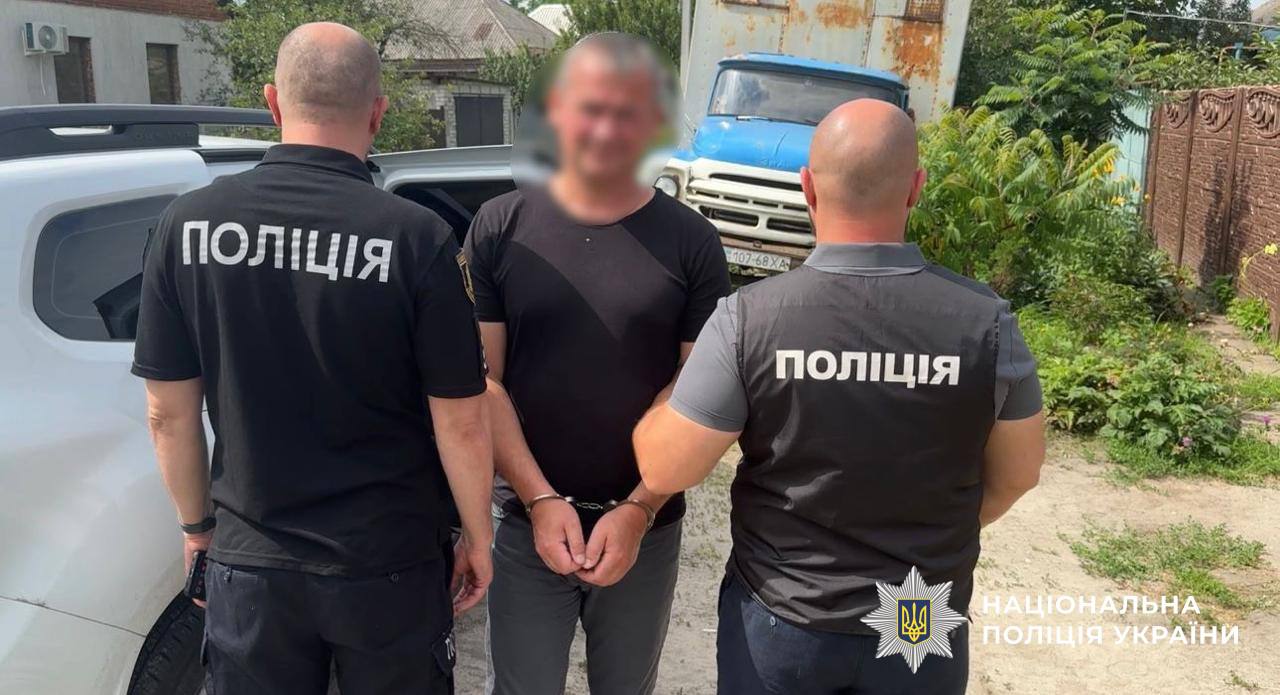2 Police Officers Killed in Shooting in Rural Australia

© Simon Dallinger/Australian Associated Press, via Reuters


© Simon Dallinger/Australian Associated Press, via Reuters


© Doug Mills/The New York Times


© Kenny Holston/The New York Times


© Eric Lee for The New York Times


© Clarens Siffroy/Agence France-Presse — Getty Images


© KTVX, via Associated Press


© Eric Lee for The New York Times


© Ralph Tedy Erol/Reuters


© Ralph Tedy Erol/Reuters


© Kayla Bartkowski/Getty Images


© Kent Nishimura for The New York Times


© Tierney L. Cross/The New York Times


© Doug Mills/The New York Times


© Eric Lee for The New York Times


© Eric Lee for The New York Times


© Carlos Osorio/Reuters


© Kent Nishimura for The New York Times


© John R. Crane/Danville Register & Bee, via Associated Press


© Andrew Leyden/Getty Images


© Kenny Holston for The New York Times


© Tierney L. Cross/The New York Times


© Tierney L. Cross/The New York Times


© Tierney L. Cross/The New York Times


© Tierney L. Cross/The New York Times


Le président américain a annoncé qu’il plaçait le maintien de l’ordre dans la capitale sous le contrôle des autorités fédérales.
Trump soutient que Washington serait dans «une situation d’anarchie complète et totale» et «envahie par des gangs violents».
Les chiffres officiels indiquaient pourtant en janvier que la criminalité violente y avait atteint son niveau le plus bas depuis 30 ans.
D’autres villes? Trump a laissé entendre qu’il pourrait prendre des mesures similaires dans d’autres municipalités américaines, dont Chicago.
[L'article Donald Trump affirme qu’il veut «rétablir la loi» à Washington a d'abord été publié dans InfoBref.]


© Doug Mills/The New York Times


© Julia Demaree Nikhinson/Associated Press


© Doug Mills/The New York Times


© Doug Mills/The New York Times


© Camilla Ferrari for The New York Times


© Elijah Nouvelage/Getty Images


© Aimee Dilger/Associated Press


© Dan Kitwood/Getty Images


© Aiman Amerul Muner/The Timaru Herald, via Associated Press


A former deputy mayor for Kharkiv is facing multiple charges related to creating and leading a scheme that allegedly embezzled 5.4 million hryvnias ($130,000) of budget funds allocated for fortifications, law enforcement agencies announced on June 28.
Ukraine's military as well as public officials has seen several corruption scandals since the start of Russia's full-scale war, related to illicit enrichment, money laundering, bribery, and misconduct of the command.
A total of four people, including two company heads and two entrepreneurs, were arrested alongside the former official, the National Police said.
The scheme allegedly involved a shell company procuring purchased materials for fortifications at prices over 30% above market value.
While authorities did not name the former official, Ukrainska Pravda reported, citing law enforcement sources, that the suspect in question is Andrii Rudenko, Kharkiv's Deputy Mayor for Housing and Communal Services between 2015 and 2024.
Authorities did not publicly release the identities of the remaining suspects.
The five suspects are currently facing charges under 17 articles of Ukraine's Criminal Code, with motions filed to impose pre-trial detention without bail.
It was not immediately clear as to the maximum sentence the suspects may receive if found guilty, however, Ukraine's Prosecutor General Ruslan Kravchenko said that he will seek for "stolen budget funds must be fully returned to the state."
Law enforcement agents have previously arrested Kharkiv officials with corruption related charges.
In April, authorities charged a total of eight individuals, including local officials and entrepreneurs, accused of colluding with contractors to supply firewood to the military at prices significantly above market value. Several officials and entrepreneurs of housing and utilities departments in several regions, including Kharkiv, were allegedly implicated.
 The Kyiv IndependentKateryna Denisova
The Kyiv IndependentKateryna Denisova